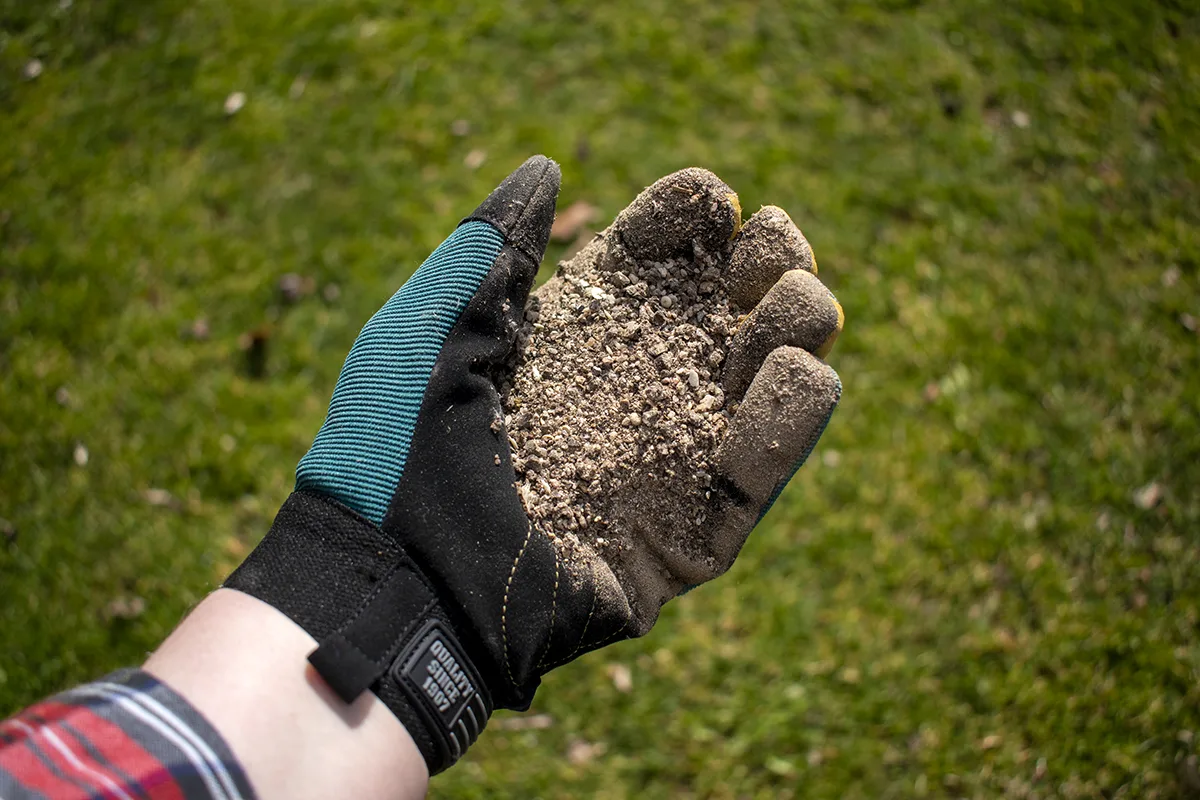
It’s February, and I’ll bet you’ve got blueberries on the brain. No? Well, if you have blueberry bushes, you should be thinking about blueberries. Despite the fact that it’s still winter, and in many regions, it is still cold and snowy, there are a handful of chores that are best done now to ensure a bumper crop this summer.
Dormant Plants Make for Active Gardeners
Far too often, I get emails from gardeners in July wondering why their blueberry bushes aren’t producing. Unfortunately, they’re asking that question at the wrong time of the year.
If you want buckets of blueberries instead of a handful, your plants need specific care while in the dormant phase.
The best time to take care of this checklist is usually in February, right before they break dormancy. Then, when spring arrives, and the plants begin their active growing cycle, you won’t be left rushing to play catch up during one of the busiest times of the gardener’s calendar.
1. Prune Your Blueberry Patch
Annual pruning is important if you want blueberry bushes to last and produce plenty of fruit every summer. It’s not uncommon for healthy, well-maintained blueberry bushes to last anywhere from 30-50 years.
Late winter is the best time to prune blueberry bushes.

Pruning will remove old growth, which will stimulate the onset of new fruitwood. Pruning also ensures plenty of light and air can reach the center of the plant, which also encourages more fruit production.
Many gardeners shy away from pruning out of fear of doing it wrong and ruining their plants. I promise it’s not nearly as hard as we convince ourselves. I walk you through the finer points of pruning blueberry bushes here. Once you get one under your belt and see the results this summer, pruning won’t make you anxious anymore.
Make sure your pruning shears are sharp and sterilized so you don’t introduce disease.
2. Test the Soil and Add Sulfur

Blueberries need acidic soil to do well. Everyone knows this, but few of us do much about it beyond a quick test when we plant our bushes.
Ideally, you should be testing the soil pH near your blueberry bushes once a year, every year. If you’re actively trying to raise the pH of your soil, you need to be testing several times a year. (Blueberries do best in a range of 4.5-5.5)
You can use a simple and inexpensive pH tester like this one or opt for a slightly easier-to-read digital tester. Regardless of which you choose, it’s important to remember that for an effective reading, the soil needs to be soaking wet.
Thoroughly water the spot you’ll be testing, then wait about fifteen minutes for it to soak in and drain before testing. (That way, you’re testing the pH of your soil and not the water you just poured onto the ground.)
While these pH testers are good to use periodically, if you want a more reliable answer to whether or not your soil is acidic, I recommend getting your soil tested professionally. Reach out to your local county extension office. Nearly all offer mail-in soil testing.
Regardless of which testing method you use, you want to test before the growing season. This will give you time to amend the soil if necessary.
It takes time for acidifying measures to get results.

I don’t recommend using things like coffee grounds or pine needles to acidify your soil. They aren’t acidic enough, and you’ll be waiting years for them to make a measurable difference. Save these to use as mulch to help maintain already acidic soil.
The best thing to use to lower your soil pH is elemental sulfur, such as this one. Another great option is Espoma Organic Soil Acidifier which you’ll find almost anywhere, even at Walmart.

The reason we’re doing this in February is because it takes time for the sulfur to break down and get absorbed into the soil, thus lowering the soil pH.
3. Fertilize & Mulch

I’ve written an entire article on when and how to fertilize your blueberries, which will give you more detailed information here.
Yes, you can wait and do this in the spring, but my thought is if you’re already mixing in sulfur, you might as well add a slow-release fertilizer while you do it. You need to scratch sulfur into the top few inches of soil, so it makes sense to do both at the same time.
Even if you don’t need to adjust your soil pH, adding a slow-release fertilizer to the soil before spring sets your plants up for success. When the rainy season starts and plants begin to break dormancy, the fertilizer is already in the soil, just waiting to be wet by spring rains and absorbed.
The plants start getting fertilized precisely when they need it, and you have one less thing to forget to do when things get busy with warmer weather.

Likewise, if you mulch around your blueberries, this is a good time to inspect your mulch. You’ll need to rake it back to access the soil to fertilize anyway.
If you had issues with pests the previous year, replacing it with new mulch will remove any over-wintering pests.
Otherwise, you can rake it back into place once you’re done amending the soil. This will fluff up and aerate it, making it ready for another season.
Mulch can get packed down around the base of blueberry bushes over time. Because blueberry roots grow close to the surface, this compacted mulch can cause several issues with the root system:
- Prevent oxygen from reaching the soil
- Compress and damaging roots if too heavy and compacted
- Cause drainage issues leading to crown rot
Extra Credit – Propagate New Blueberry Bushes

Right now, you have a window of opportunity. February is the perfect time to take hardwood cuttings. As we all know, the one thing that’s better than blueberries is more blueberries.
Propagating blueberries is the easiest and least expensive way to grow your blueberry patch. It’s also a great way to start one if you don’t have any yourself but know someone who does.
Click here to learn how to take hardwood cuttings, root them and get them ready to transplant outside.
See? It’s not a huge list of things to do, but taking care of this annual maintenance now will make your spring much easier. And come July, when you’re picking and eating buckets of blueberries, you’ll be happy you got started early.

Get the famous Rural Sprout newsletter delivered to your inbox.
Including Sunday musings from our editor, Tracey, as well as “What’s Up Wednesday” our roundup of what’s in season and new article updates and alerts.


